1. Spiders Typically Inject Digestive Enzymes Into Their Prey
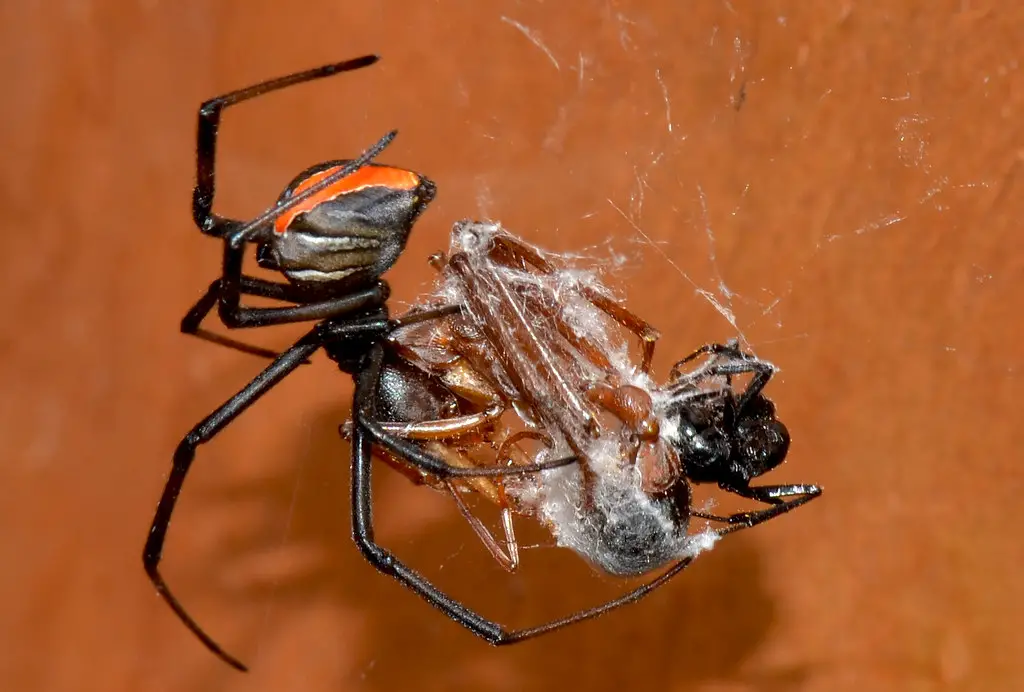
Many people are under the impression that spiders eat their prey while it’s still alive, but the reality is a bit different. When a spider catches its prey, the first thing it does is bite and inject venom. This venom doesn’t just paralyze the prey; it contains digestive enzymes that begin to break down the soft tissues of the prey from the inside out. Rather than chewing or tearing into its prey, the spider liquefies the insides, making it easier to consume. The prey might still be alive when this happens, but it’s no longer able to escape or resist. This method of feeding is highly efficient because it allows the spider to extract all the nutrients from its prey without having to physically consume solid tissue. This is especially important for spiders like orb-weavers, which have relatively small mouths compared to their prey. The digestive enzymes also kill the prey over time, so it’s not exactly “alive” in the way we usually think. While the prey may twitch or appear alive, it is slowly being consumed from within, making the feeding process quick and straightforward for the spider. So, although the prey may still have some movement, it’s essentially rendered helpless by the spider’s digestive actions. This method is far more efficient than physically eating live prey, making it the preferred strategy for many spiders.
2. Some Spiders Do Consume Prey That’s Still Moving
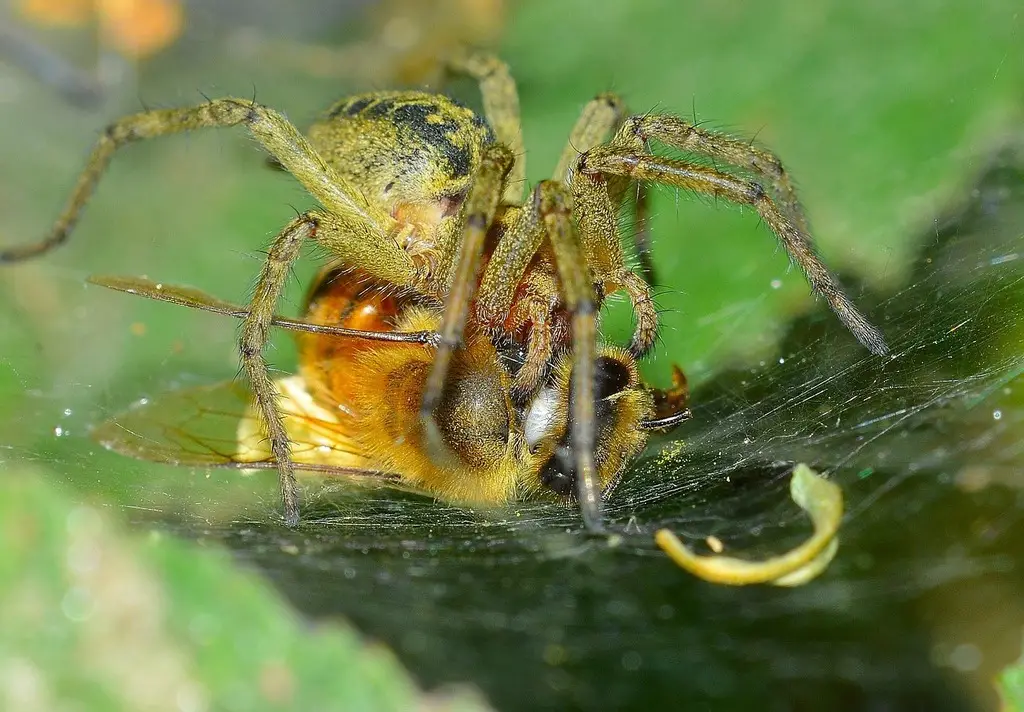
While many spiders paralyze or kill their prey before feeding, there are species that might continue feeding on prey that is still moving, but only under certain conditions. After a spider has captured a meal in its web, it may inject venom to paralyze the prey, but the prey often remains alive for some time afterward. The spider will then begin feeding on the immobilized prey, often while it is still twitching or moving slightly. The movement of the prey can be caused by residual nervous activity or a slow reaction to the venom. However, the spider doesn’t rely on this movement to feed, as the prey is usually immobilized and unable to escape. This “alive” prey may still be technically living, but it is incapable of fleeing or defending itself, making it easier for the spider to feed. While this may seem like a gruesome scene, it’s important to remember that spiders are not cruel—they simply need to survive. The movement of the prey can also provide the spider with some confidence that it’s still fresh and hasn’t begun to decompose. The fact that some prey remains alive for a while doesn’t mean the spider is actively tormenting it; rather, it’s simply part of the feeding process. In most cases, the prey’s life ends shortly after the spider begins feeding, as the venom takes its full effect. So while some spiders do feed on prey that’s still alive, the prey is usually no longer capable of experiencing pain or fear.
3. Not All Spiders Eat Their Prey Alive
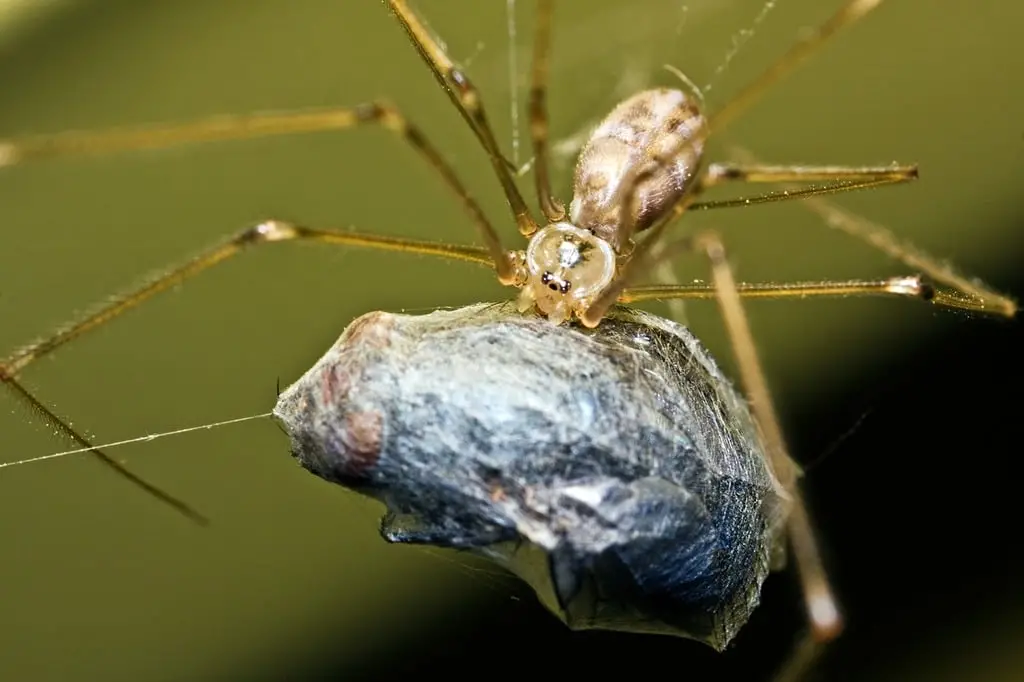
Not every spider feeds on live prey in the way we might imagine. Many spiders, such as wolf spiders or tarantulas, have a different approach to hunting and feeding. These spiders tend to bite and subdue their prey before eating it. They don’t rely on injecting digestive enzymes into the prey and then waiting for it to die. Instead, they typically inject venom into the prey to immobilize it or kill it outright. Once the prey is no longer a threat, the spider begins feeding. This means that many spiders will ensure their prey is dead or completely immobilized before they start eating. The idea that all spiders consume their prey while it’s alive is a common misconception, as many species simply prefer to eat when the prey is no longer struggling. For example, tarantulas often use their large fangs to deliver a venomous bite that kills or incapacitates the prey. Once the prey is incapacitated, the tarantula can safely begin feeding without worrying about resistance. Similarly, wolf spiders use their speed and agility to catch and immobilize their prey, often killing it instantly before eating. So, while some spiders may feed on live prey, many others take care to subdue or kill their prey before beginning the consumption process.
4. Prey Can Be Alive but Nearly Useless
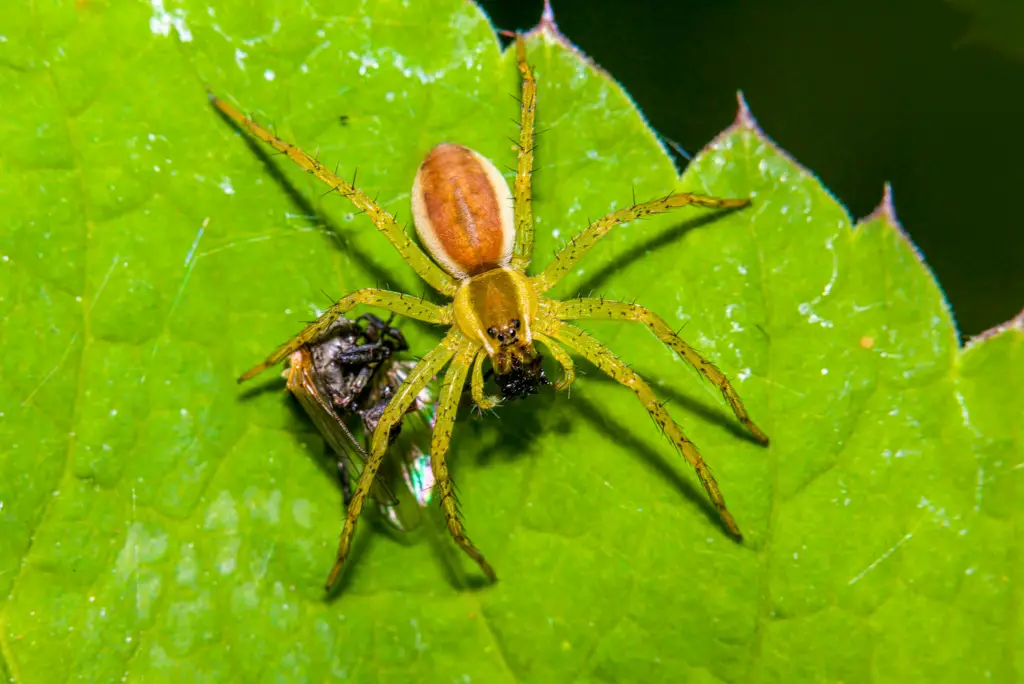
In cases where the spider paralyzes its prey, the prey may technically still be alive but rendered nearly useless to defend itself or escape. Paralyzation is one of the most effective ways spiders ensure they can feed on their prey without worrying about it fighting back. When a spider bites its prey, the venom quickly paralyzes the prey’s nervous system, preventing it from moving or escaping. This often results in the prey remaining in a state where it is technically alive but not functional. The paralyzed prey is unable to react, making it easy for the spider to begin feeding without any risk of harm. While this might seem like the prey is “alive,” it’s actually in a suspended state, often incapable of experiencing pain or distress. The prey’s vital functions may still be working, but its ability to respond to the spider’s feeding is completely disabled. This method ensures that the spider can safely consume its meal at its own pace, without worrying about the prey attempting to flee or fight back. In some cases, the prey may remain alive for some time after the spider begins feeding, but it is essentially useless as an active organism. The spider’s venom has done its job by preventing the prey from escaping, ensuring that the spider can extract all the nutrients it needs without interference. While the prey may be alive in a biological sense, it is no longer a threat, allowing the spider to feed in peace.
5. Venom Acts as a Safety Mechanism
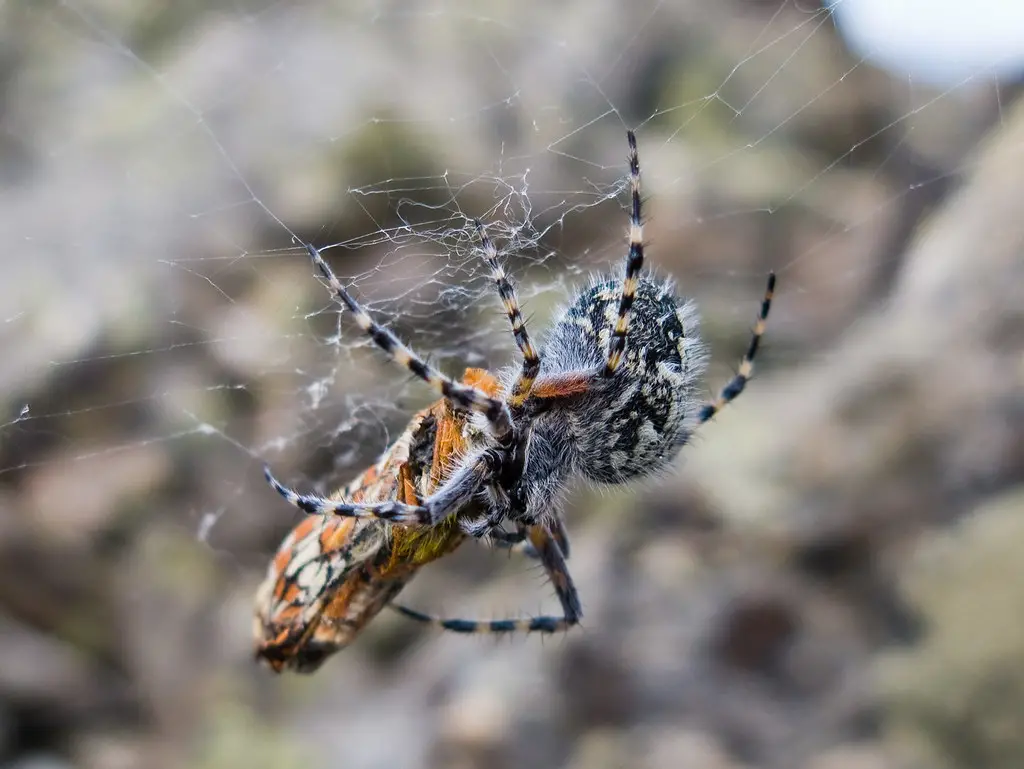
One of the most important roles of venom for spiders is as a safety mechanism. Venom allows spiders to capture and immobilize their prey quickly, preventing it from fighting back or escaping. When a spider bites its prey, it injects venom that paralyzes or kills the prey, making it much easier for the spider to feed. The venom doesn’t just stop the prey from moving—it can also begin the digestive process. The spider’s digestive enzymes break down the prey’s internal organs and tissues, liquefying them so the spider can drink them more easily. This is a highly efficient way for the spider to consume its prey without having to chew through solid meat. The venom also serves as a way to prevent the spider from getting injured during the process. If a spider were to attempt to eat live prey without venom, the prey might be able to fight back, potentially harming the spider. By using venom, the spider minimizes the risk of injury, ensuring that it can feed safely and securely. Additionally, venom allows spiders to subdue prey that is often much larger or stronger than they are, making it an essential tool for their survival. So, while venom might result in the prey being alive for a short period, it ultimately ensures that the spider can feed without putting itself in danger.
6. Spiders Don’t Eat “Living” Prey the Same Way Humans Might Think
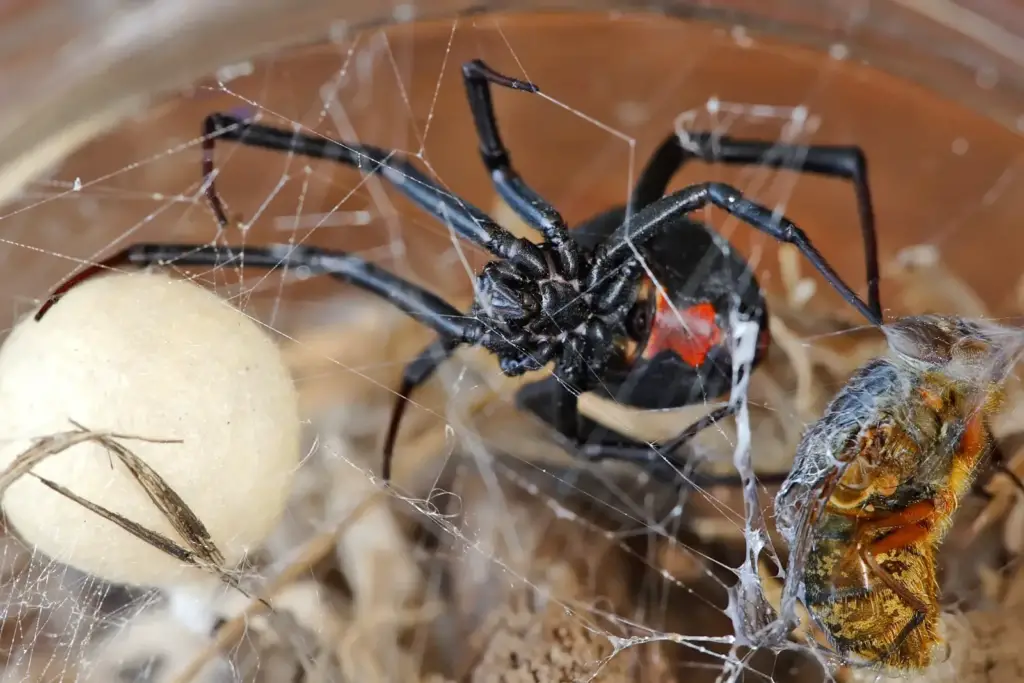
The idea of eating something alive evokes images of horror and cruelty, but the reality of how spiders feed is much less gruesome than it may seem. Spiders aren’t hunting for the thrill of tormenting their prey; they’re simply trying to survive. The process of feeding involves using venom to immobilize or kill the prey, which is then consumed in a controlled and efficient manner. While some prey may still be alive for a brief period, it is usually in a state of paralysis or near death, meaning it’s not experiencing life in the way we might think. The prey is not aware of the spider’s feeding process in the same way that a human might imagine it. The spider is not consciously prolonging the prey’s suffering—it’s simply following its natural instincts to capture and consume food. In fact, many spiders, like jumping spiders, will even store their prey for later consumption. In these cases, the prey might be dead before the spider eats it, dispelling the notion that all spiders eat their prey while it’s still alive. The feeding process is more about efficiency and survival than about causing harm to the prey. So, while the image of a spider devouring something alive may seem unsettling, the reality is far less dramatic.
7. Some Spiders Don’t Always Eat Their Prey Right Away
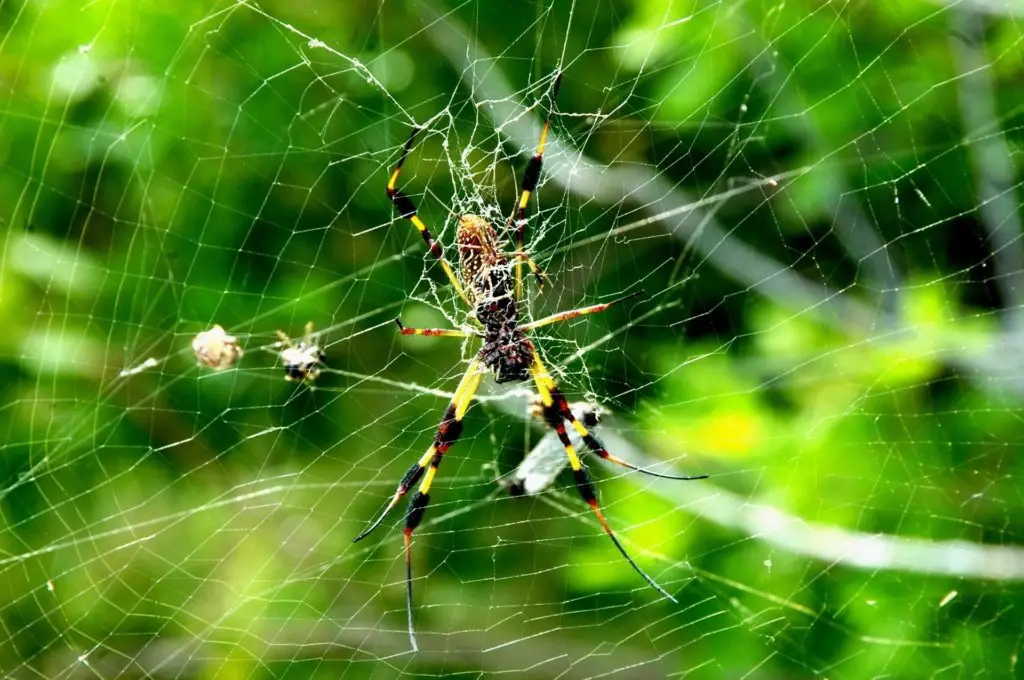
Not all spiders will immediately eat their prey once it’s been caught. Some species, like jumping spiders, will inject venom to subdue their prey, but they don’t always consume it on the spot. Instead, they may store the prey for later, which means the prey could be dead by the time it’s eaten. In these cases, the prey may remain alive for some time after the spider’s initial strike, but the spider doesn’t always begin feeding right away. The spider might drag the prey to a safe location or keep it in a special spot for later consumption. By storing the prey, the spider ensures that it has a fresh meal whenever it’s ready to eat. This can also be a strategy for saving energy or avoiding competition with other predators. Some spiders, such as certain species of trapdoor spiders, may leave their prey in a web or burrow to feed on it over time. The prey might still be alive when it’s captured, but by the time the spider feeds, it is usually either dead or in a state where it’s no longer able to resist. This method allows the spider to eat when it’s convenient for them, without having to rush the feeding process. So, not all spiders eat their prey alive immediately after capturing it—sometimes, they store it for later and consume it when it’s more practical.


